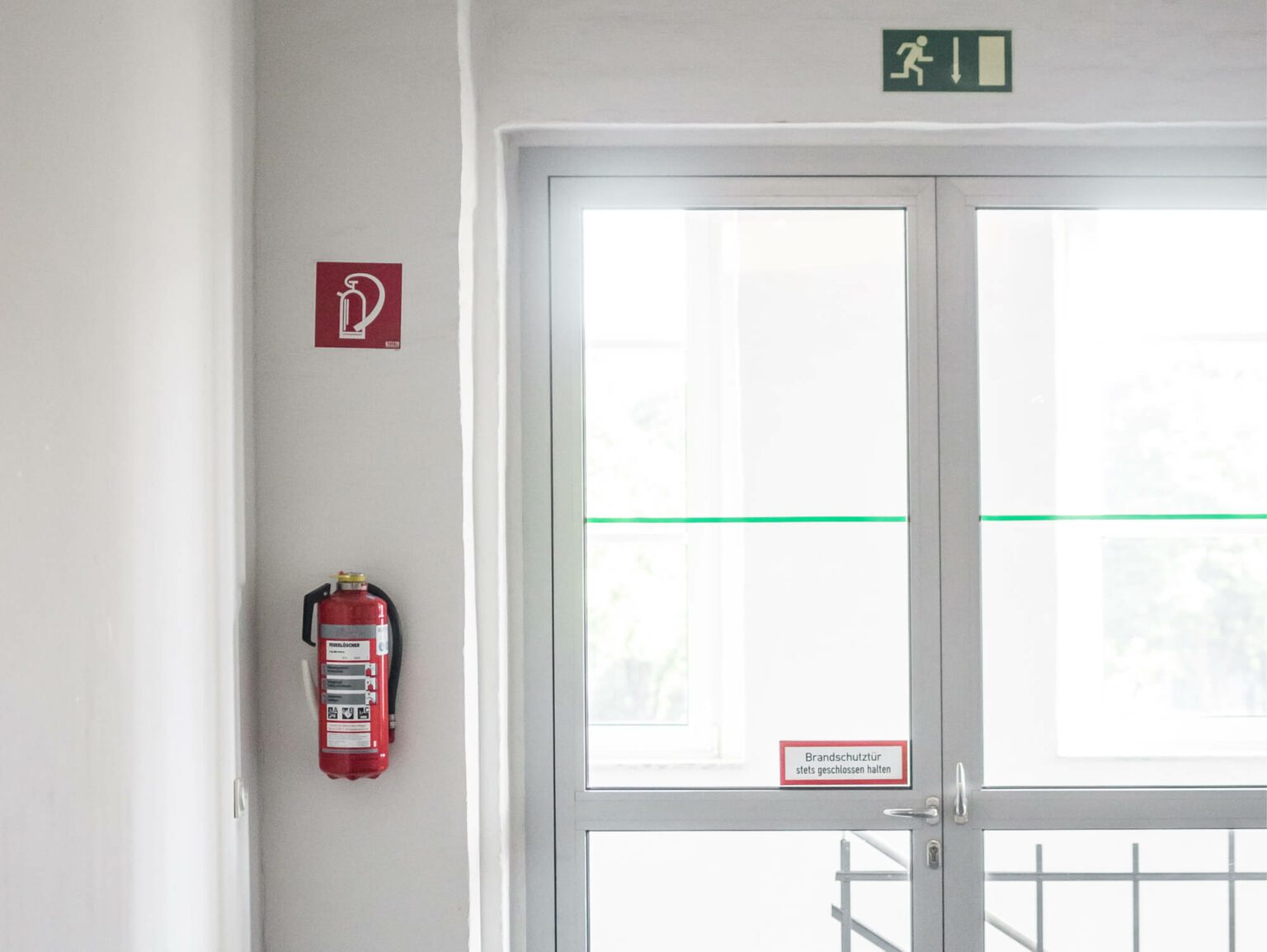Fire protection is an essential part of building safety. One critical area that is often neglected is fire safety in the stairwell. As the stairwell serves as an escape route in the event of an emergency, including a fire, it is of paramount importance that it is safe and allows occupants to exit the building safely.
Why is fire protection in stairwells so important?
The stairwell is the main connection between the different floors of a building. In the event of a fire, people must be able to leave the building quickly and safely. A fire in the stairwell can block the only escape route and have tragic consequences. For this reason, fire protection in the stairwell must play a central role in a building's safety strategy.
Elements of fire protection in stairwells
Effective fire protection in stairwells consists of several components. Firstly, the installation of fire extinguishers and smoke detectors should be a matter of course. Secondly, it is important that these devices are regularly maintained and checked so that they work properly in an emergency. Thirdly, fire doors play an important role as they prevent the spread of fire and smoke to other areas of the building.
Guidelines and legal regulations for fire protection in stairwells
In many countries, including Germany, there are special laws and regulations that govern fire safety in buildings. It is important that owners and managers are aware of these laws and regulations and comply with them. These regulations can place requirements on the materials used in stairwells, the fire protection systems and the fire protection equipment.
Fire prevention and fire safety education
In addition to technical measures and legal requirements, it is important to promote awareness of fire safety and create educational programmes. The residents of a building should be informed about what to do in the event of a fire. Training and fire drills can help to raise awareness and teach residents the correct behaviour in an emergency.
For an in-depth discussion of fire safety in stairwells, it makes sense to look at the specific elements that contribute to safety. These include structural aspects, the selection of fire-resistant materials and the correct planning and execution of evacuation drills.
Structural aspects: The structural design of the stairwell can have a significant impact on safety in the event of a fire. For example, the stairwell should be designed in such a way that it contains as few flammable materials as possible and has sufficient ventilation to dissipate smoke.
Fire-resistant materials: Another important aspect is the use of fire-resistant materials in the stairwell. These can be special wall and floor coverings, for example, which burn less quickly in the event of a fire.
Evacuation drills: Regular evacuation drills are essential to ensure that all residents know how to behave in the event of a fire. The focus should be on correct behaviour, e.g. avoiding panic, using the stairs instead of the lift and using fire extinguishers correctly.
Other factors
Stairwell safety goes beyond fire protection. For example, care should be taken to ensure that the stairwell is always well lit and free of obstacles so that an unhindered evacuation is possible in the event of a fire or other emergency situation.
Looking at fire protection in stairwells shows how many different factors need to be taken into account to ensure a safe environment in buildings. It is essential to consider both technical and human aspects and to constantly review and adapt measures in order to keep fire safety up to date and respond optimally to the specific requirements of each building. Fire protection is not a one-off project, but a continuous process that requires attention and commitment.
